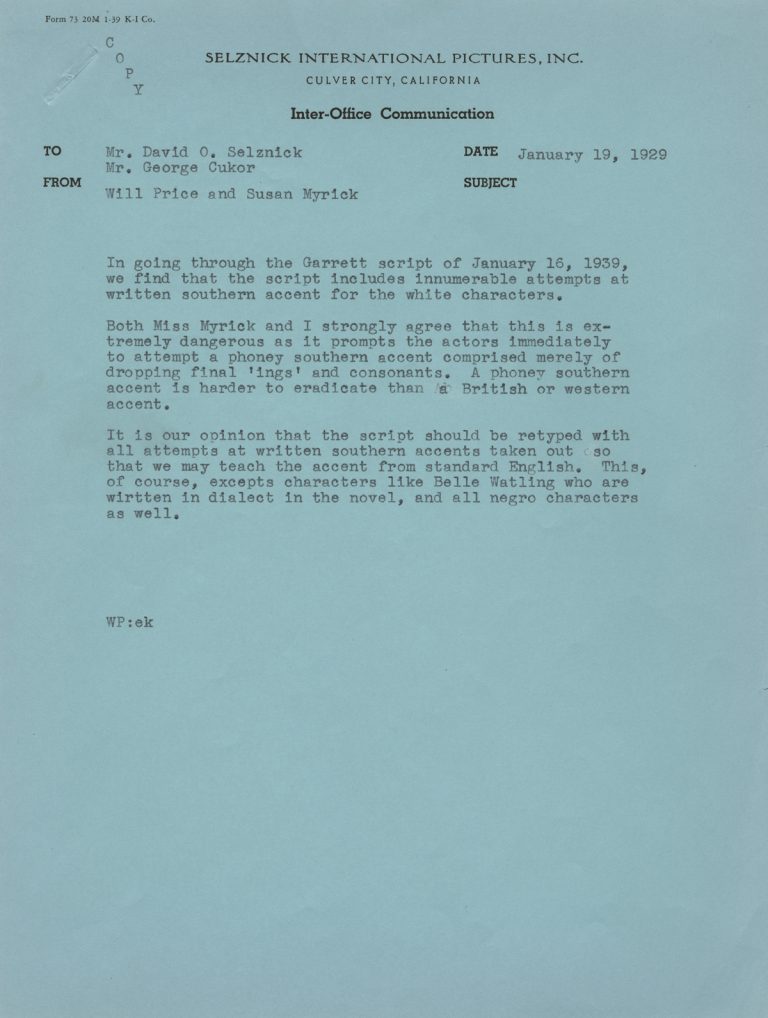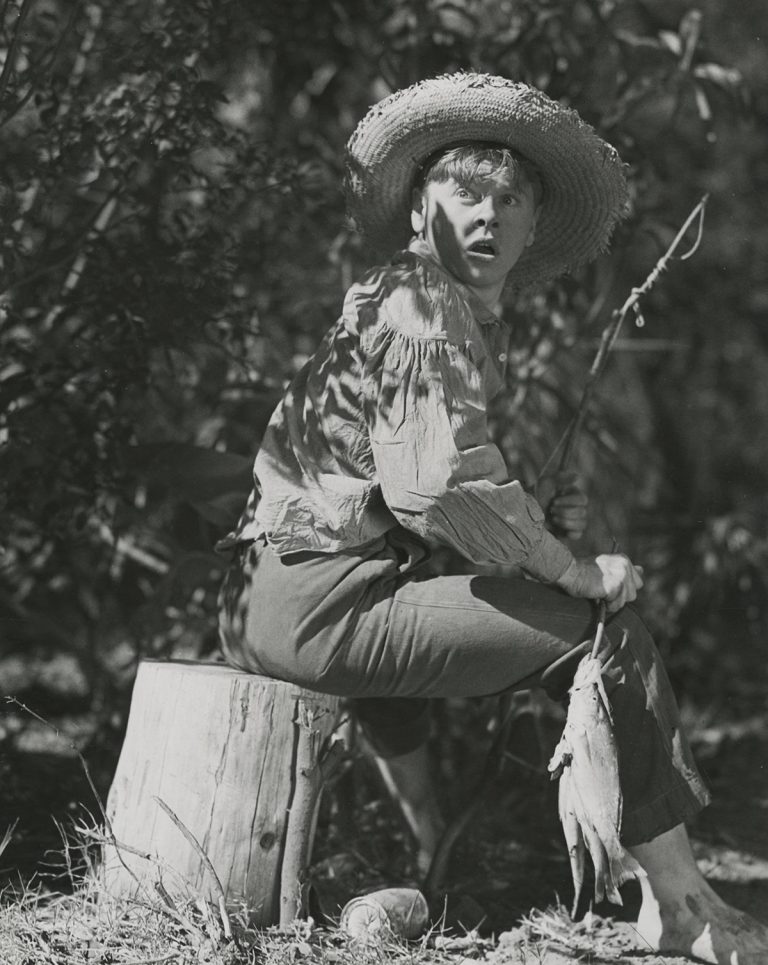Letters poured into producer David O. Selznick’s office on the proper use of Southern accents in Gone With The Wind. One woman wrote, “Come South and study our dialect. I don’t know your people as you do, but it cuts deep when we see our lovely old Southern life ‘hashed… read more
Victor Fleming
“Films of 1939”
The Ransom Center kicks off the series “Films of 1939” with a screening of The Adventures of Huckleberry Finn this Thursday, October 2, at 7 p.m. 1939 is widely considered by film historians to be one of the most outstanding years in filmmaking. In conjunction with the Harry Ransom… read more



